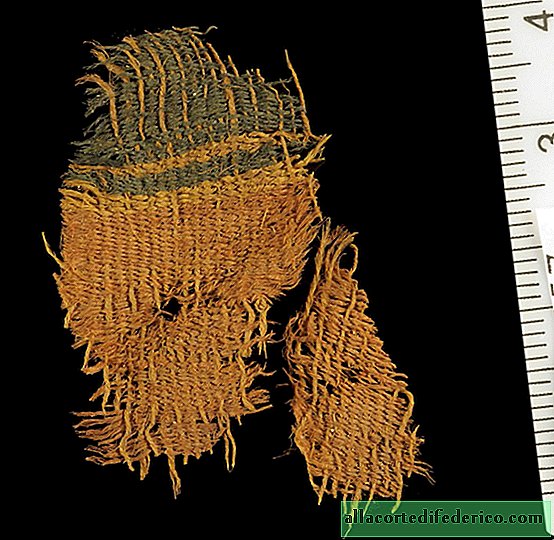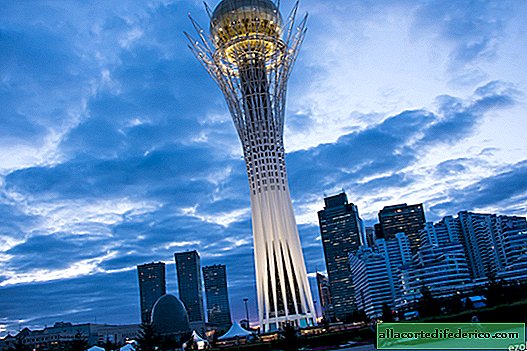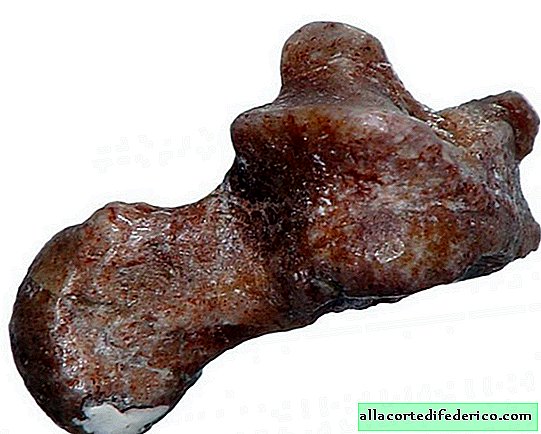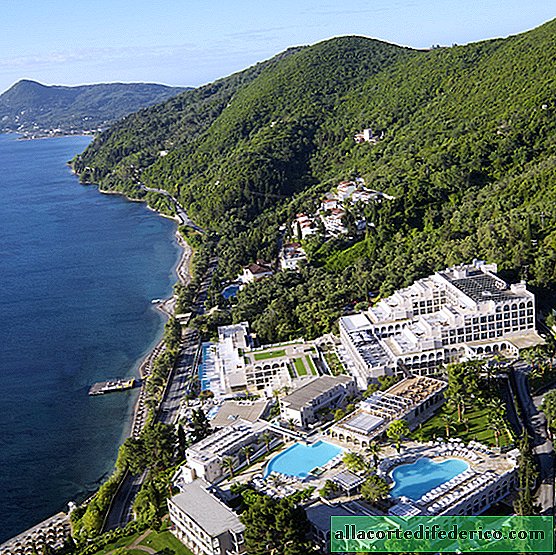Fortress of the most ancient city of Russia
Derbent is the most ancient city of the Russian Federation. It is located in Dagestan, on the shores of the Caspian Sea. Historians suggest that its age is at least 5 thousand years, although the exact date of the founding of the city is unknown. The main attraction of the city is the Derbent Fortress.
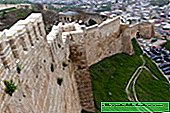
In ancient times, Derbent was located in the most strategically vulnerable spot on the Caspian passage, where the mountains of the Greater Caucasus come closest to the sea, leaving only a narrow three-kilometer strip of plain. The citadel occupies the top of the hill closest to the sea.
The path along the coast was blocked by two fortress walls adjoining the citadel in the west, and leaving into the sea in the east, preventing the fortress from going around by water. Between these walls was the city of Derbent.
The length of the walls within the city is 3.6 kilometers. The north and south walls were built parallel to each other, the distance between them ranges from 300 to 400 meters.
The sea wall blocked the entrance to the city from the Caspian Sea. In water, the wall continued for almost half a kilometer.

The citadel rises on top of a 300-meter steep hill. The steep slopes reliably protected her from the invasion of enemies from the east and north.

During excavations, ancient burials were found.

Within the walls of the fortification complex there were several small but very strong gates, through which in ancient times it was possible to get to Derbent. Gates opened for guests, allies and merchants.

The massive walls surrounding the village from all sides were a reliable defense against the invaders.

A fortress in the vicinity of Derbent was erected to protect the peoples inhabiting the Near East and Transcaucasia from the destructive invasions of the northern nomads.

Historians have not been able to find out who built the Derbent fortress. There are a lot of legends: from giants breathing fire, inhabiting the earth before the advent of mankind, to its foundation by Alexander the Great.
Ancient buildings were erected during the reign of the Sassanid dynasty.

Zindan is a cone-shaped pit for prisoners to prevent prisoners from escaping upstairs.

In our time, a partial reconstruction of the fortress was made, but it did not seem to be very accurate, as it seems to me. Frankly new stones and tiles are noticeable in places, flower vases are randomly arranged, new lights, wires hang roughly.

The Naryn-Kala Citadel extends along the city for 700 meters.

Within the walls of the citadel there are many tower-shaped ledges located at a distance of 25-35 meters.
The southern part of the fortification is equipped with steps, and platforms are located on its wide walls.

In some places, the passages along the wall are very narrow, you have to walk sideways.

The wall thickness reaches 3.5 meters in places, and the height is 20 meters.

The city was not in the best strategic position and was vulnerable from the Caucasus Mountains and the sea, so the local population paid special attention to strengthening it.
Inside the citadel preserved ancient khan baths with windows in the roofs, as well as buildings that have survived to our time.

Two stone water tanks located inside the citadel were built in the 11th century by Byzantine craftsmen. Large capacities of water were placed in the tanks, which allowed the fortress to withstand the prolonged precipitation of the city by the invaders.

In ancient times there was a bathhouse. Of course, before the interior looked completely different: there were beautiful walls and floors, a unique steam supply system.

Interestingly, now all the internal structures of the citadel are literally underground. Over the many years the fortress has existed, a lot of rock has been brought in, under which over time there were city buildings.

The citadel served not only as a defensive, but also as the administrative center of the city. It housed an office, a courtroom and an underground prison, from which it was impossible for the prisoner to get out.
One of the ancient buildings was the cross-domed church of the 5th century, later converted into a Muslim religious institution.

There is even a theory about the existence in ancient times in Eurasia of a solid fortification line that divided the continent in half.
The steep slopes of the citadel reliably protected it from the invasion of enemies from the east and north.

From a height an excellent view of Derbent.


